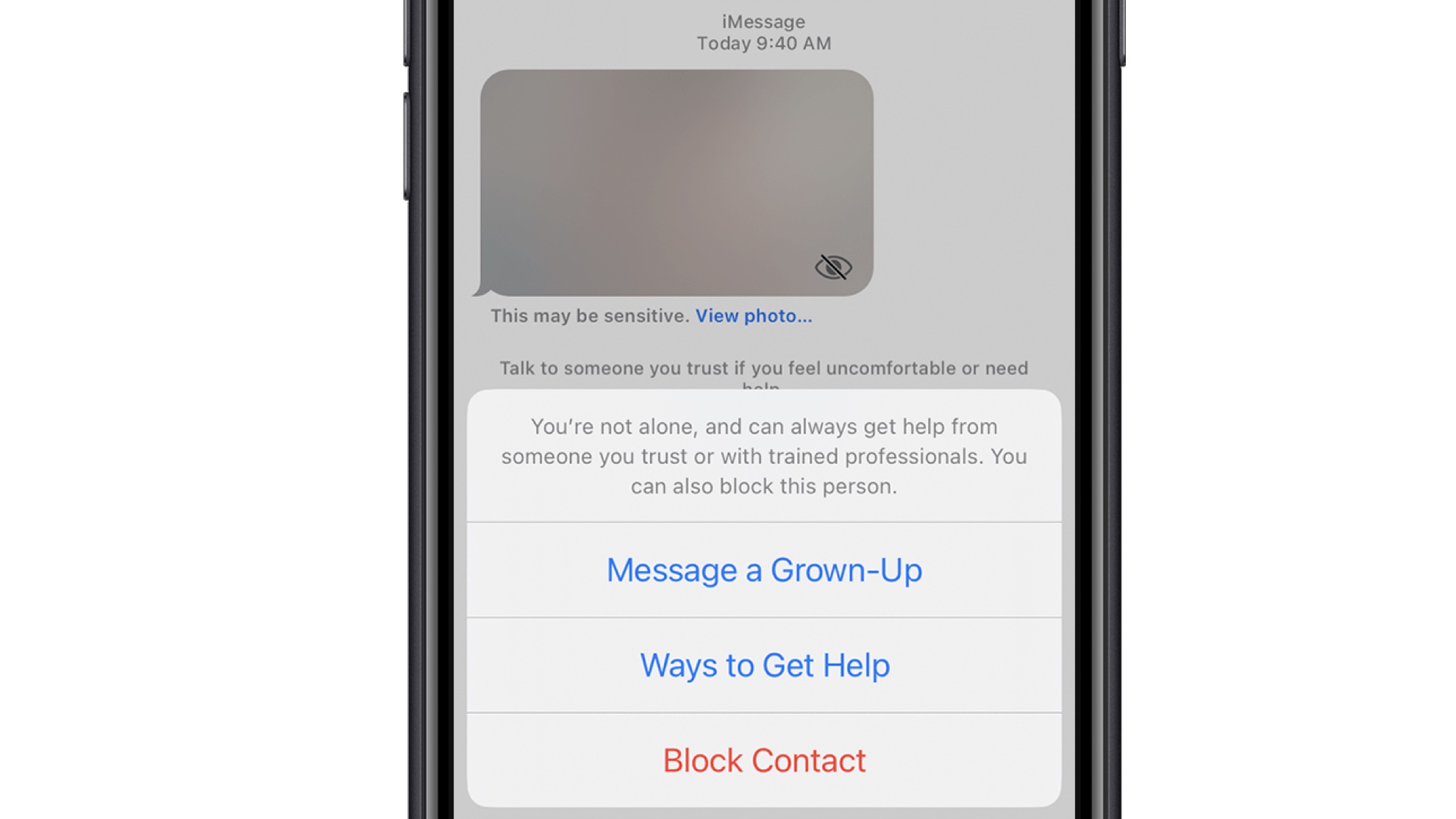

When it comes to technology, one thing's certain: some people will use it to send unsolicited, unwanted and unpleasant images to others. That's going to be less of a concern with iOS 17, which will launch at the same time as the iPhone 15.
There's a feature in iOS 16 called communication safety, pictured above, and while that one is designed for kids' accounts it's going to work in more apps and be available for users of all ages in iOS 17. It's a good feature for parents, but I think it's also going to be useful for anyone who has been, or doesn't want to be, exposed to creepy communications.
What does Communication Safety do in iOS 17?
Communication Safety already lives in Screen Time alongside the existing family safety features on your iPhone, iPad or Mac. To enable it, tap the name of the child in your family group, tap on Communication Safety, and then turn on Check for Sensitive Photos.
That feature uses machine learning to analyse incoming photos in Messages in order to identify what their content may be. If the algorithm reckons it might be a sexual image, the app blurs it and marks it as potentially sensitive content. Messages will then tell the user it's okay if they don't want to see it, and will offer three options: message a grown-up, block the contact, or find out other ways to get help.
In iOS 17 the feature gets much more useful because it won't just be in Messages and it won't just be for kids. Communication safety will also work in other apps including AirDrop, the new Contact Posters feature and FaceTime messages. Apple hasn't yet said whether it'll also work with FaceTime video calls.
From a privacy point of view, there's nothing here to worry about: all the analysis happens on the device so any images you send that might have been wrongly identified as nudity won't be tagged and stored on Apple's servers.
It's saddening that such a feature is necessary but I think it strikes the right balance between protecting kids and going too heavy on filtering. iOS 17 is expected to launch in late September 2023.
Sign up to the T3 newsletter for smarter living straight to your inbox
Get all the latest news, reviews, deals and buying guides on gorgeous tech, home and active products from the T3 experts
Writer, musician and broadcaster Carrie Marshall has been covering technology since 1998 and is particularly interested in how tech can help us live our best lives. Her CV is a who’s who of magazines, newspapers, websites and radio programmes ranging from T3, Techradar and MacFormat to the BBC, Sunday Post and People’s Friend. Carrie has written more than a dozen books, ghost-wrote two more and co-wrote seven more books and a Radio 2 documentary series; her memoir, Carrie Kills A Man, was shortlisted for the British Book Awards. When she’s not scribbling, Carrie is the singer in Glaswegian rock band Unquiet Mind (unquietmindmusic).
-
 Apple's Severance computer may have been a joke, but the keyboard is coming for real
Apple's Severance computer may have been a joke, but the keyboard is coming for realTell us where we can sign up!
By Britta O'Boyle
-
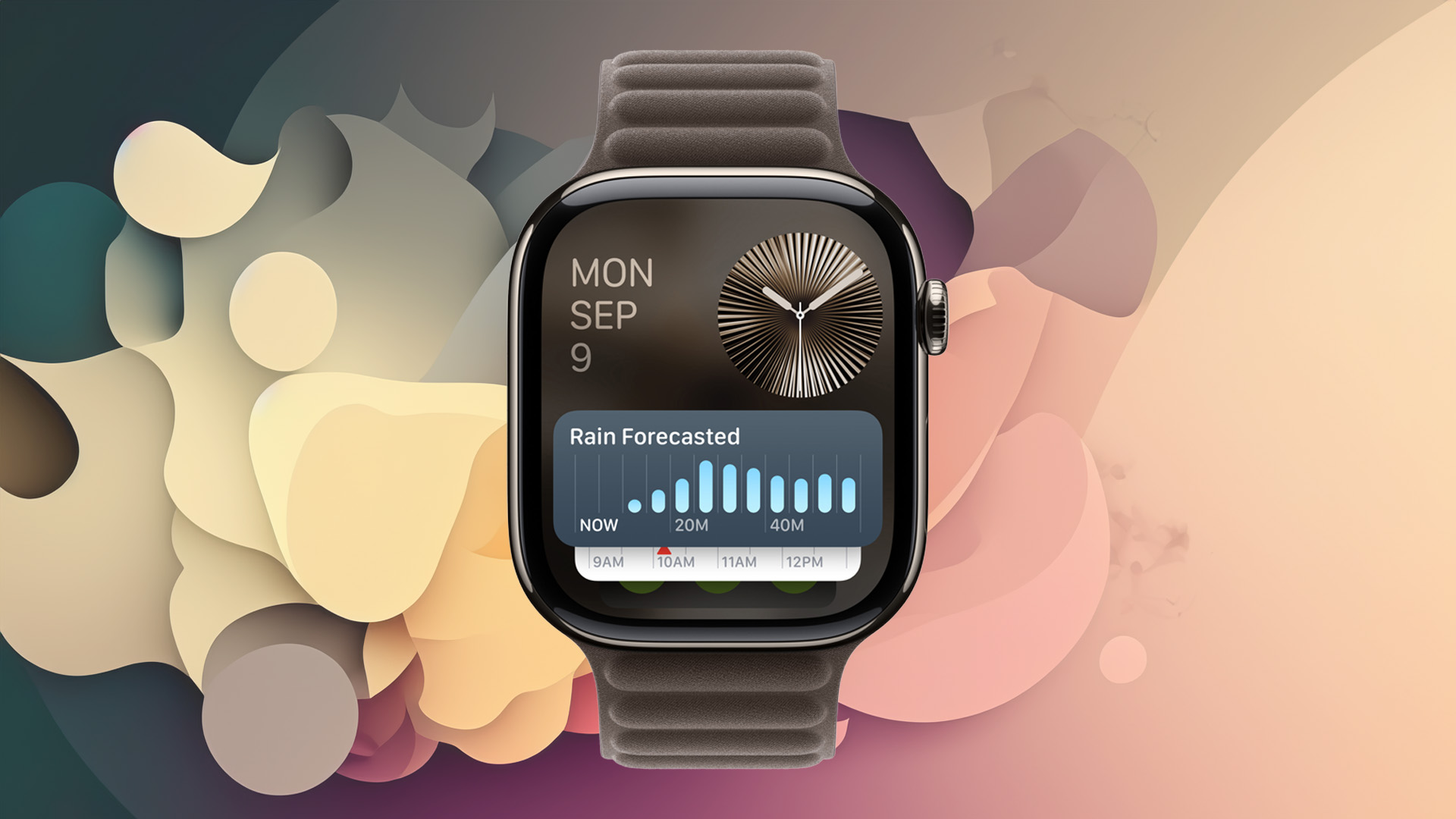 Apple Watch is set to get Apple Intelligence this year, but only with a little help from a friend
Apple Watch is set to get Apple Intelligence this year, but only with a little help from a friendBring on watchOS 12
By Britta O'Boyle
-
 iPad reportedly getting major makeover and your current model could benefit too
iPad reportedly getting major makeover and your current model could benefit tooApple is said to be making a change that iPad power users have been wanting for years
By Carrie Marshall
-
 AirPods Max finally get the great free upgrade Apple promised
AirPods Max finally get the great free upgrade Apple promisedHere's how to make sure your headphones are running the right firmware
By Britta O'Boyle
-
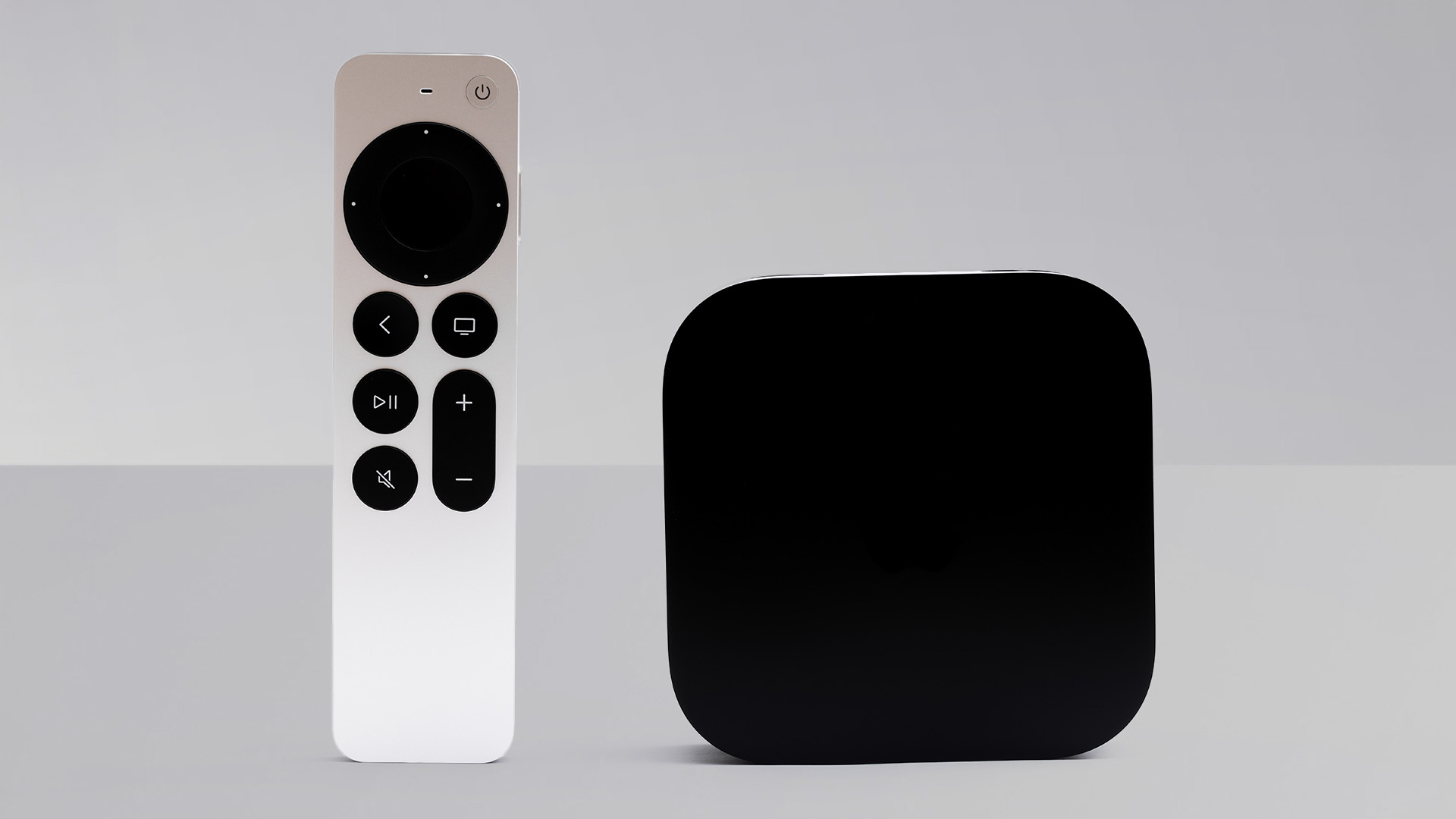 Apple TV gets a free update that makes it more simple to use
Apple TV gets a free update that makes it more simple to useApple has released tvOS 18.4 with a few design tweaks for its TV boxes
By Rik Henderson
-
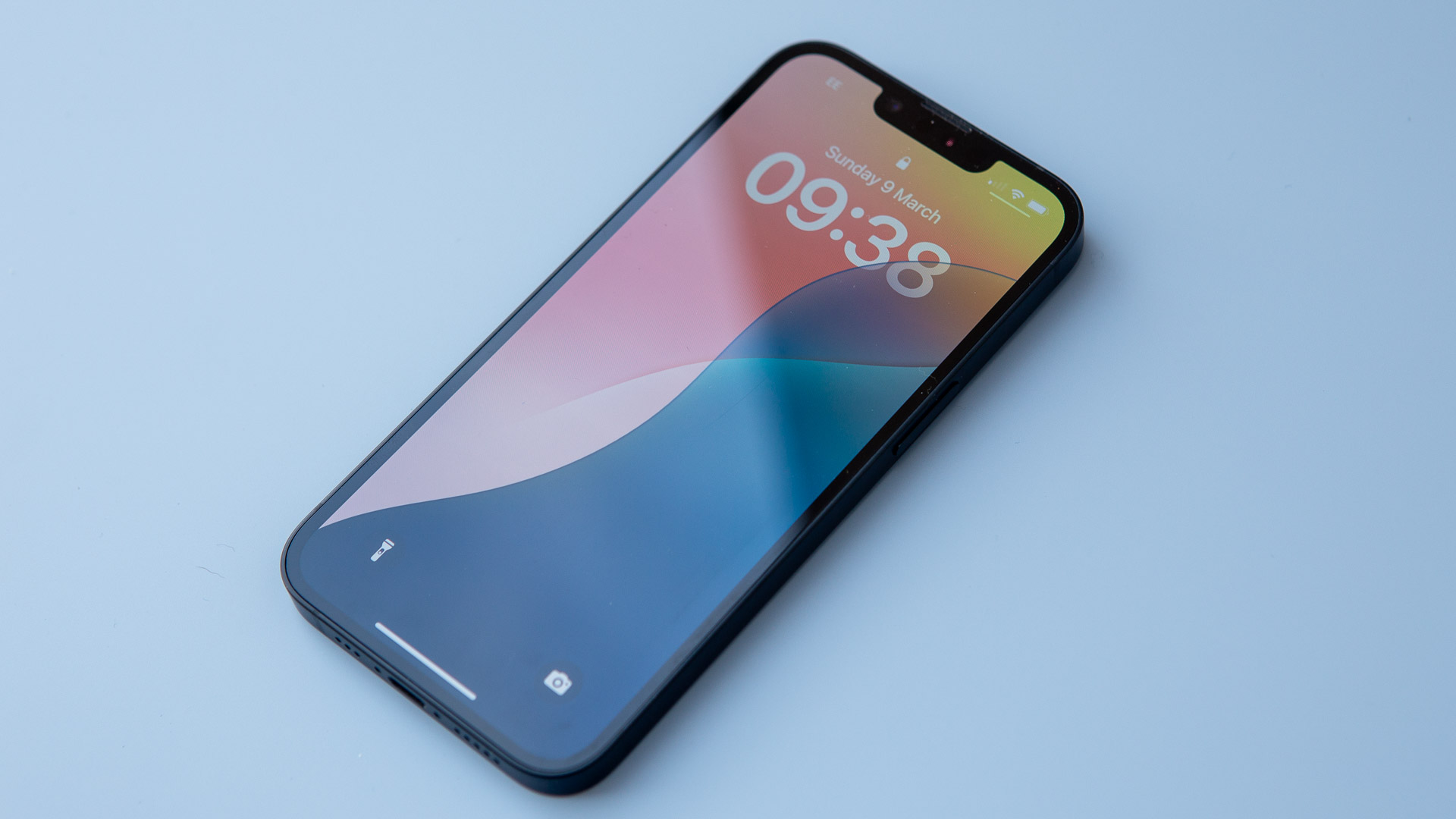 Your iPhone gets some new tricks - here’s what it can do now
Your iPhone gets some new tricks - here’s what it can do nowThe new emojis and priority notifications are probably our favourite
By Britta O'Boyle
-
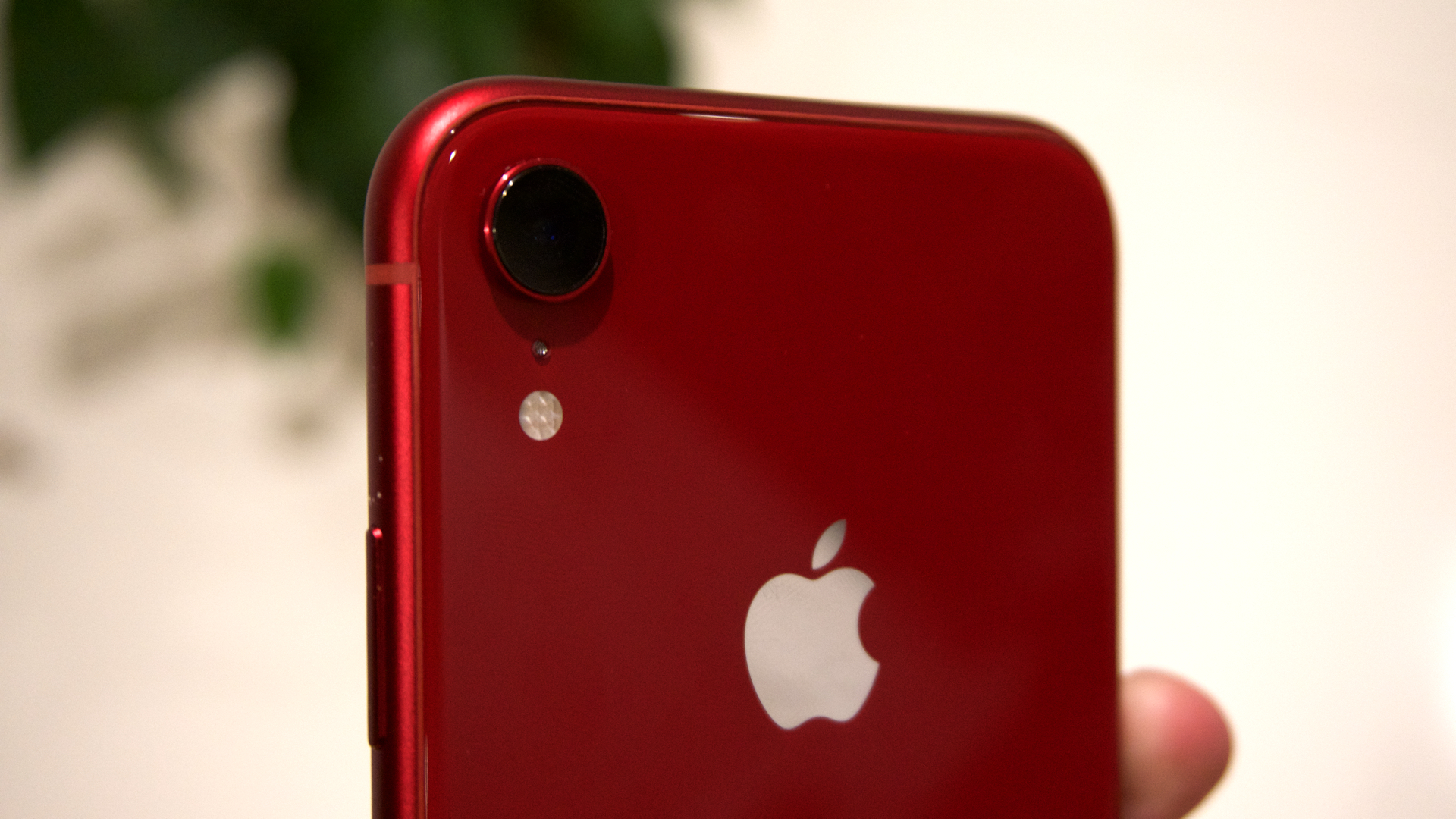 Older iPhones at risk of being left behind when iOS 19 arrives – is your device one of them?
Older iPhones at risk of being left behind when iOS 19 arrives – is your device one of them?Apple will reportedly drop three iPhone models when it comes to the iOS 19 update
By Carrie Marshall
-
 Your next MacBook Pro could be a game-changer for three good reasons
Your next MacBook Pro could be a game-changer for three good reasonsApple will reportedly upgrade next year's MacBook Pro in three major ways
By Rik Henderson

